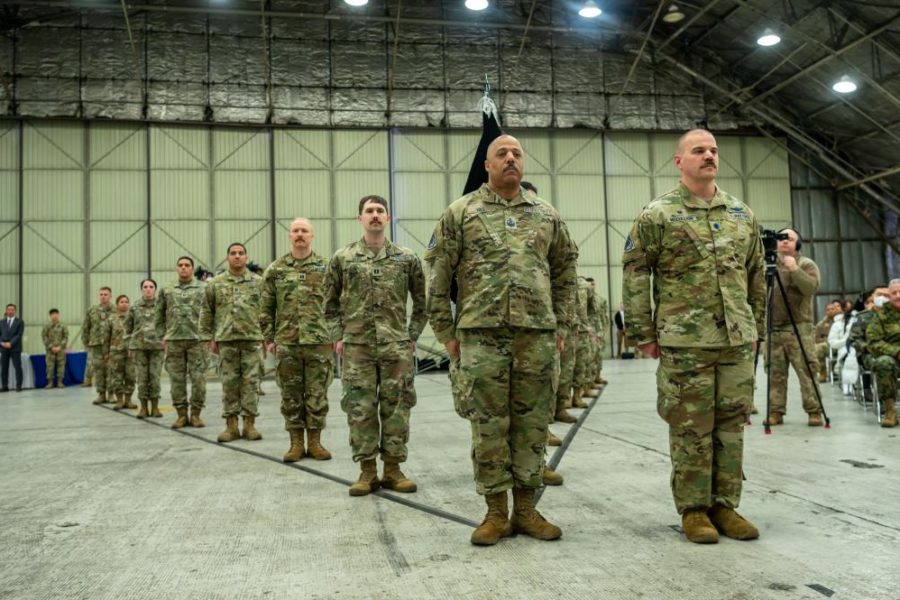Three years after its initial launch, the Space Force is increasing its integration with the joint force by building relationships and standing up components within more and more U.S. combatant commands, top generals said April 5 at the Mitchell Institute’s Spacepower Security Forum.
Already, the service established components under U.S. Central Command, U.S. Indo-Pacific Command and its subcomponent, U.S. Forces Korea, late last year. Now, leaders are working to establish a component within U.S. European Command—and U.S. Cyber Command and U.S. Special Operations Command could potentially follow.
Lt. Gen. DeAnna M. Burt, the deputy chief of space operations for operations, cyber, and nuclear, said these steps are part of the Space Force’s process of “normalizing” as a service.
“Every service presents service components to combatant commanders in order to present forces, to be part of the planning, and to deal with that service’s very specific mission and business and to talk to those threats,” Burt said in a panel discussion.
When the Space Force has a presence at combatant commands, it allows Guardians “to do security assistance and security operation, and talk space with our coalition and allied partners by being at the table in all of those meetings with the combatant commands in each of the theaters,” Burt said.
Chief of Space Operations Gen. B. Chance Saltzman made a similar point in an earlier keynote.
“Strong relationships with combatant commands are critical to our success,” he said. “We will use the service component model to strengthen space integration in all the combatant commands.”
In particular, the Space Force enjoys a “very tight relationship” with both SOCOM and CYBERCOM, Burt said. Those ties are only natural, given how much space, cyber, and special operations depend on each other, suggested Maj. Gen. David N. Miller, director of operations training and force development at U.S. Space Command.
“It’d be a disservice for the Space Force to only talk with the Space Force,” Miller said in a separate panel. “I spend more time with the CYBERCOM and SOCOM J3s [operations than almost any other J3 … and it’s because of the partnerships that are being developed.”
Burt said a Space Force presence at EUCOM is “on the horizon” and that both CYBERCOM and SOCOM were also interested, “so we’re working through the mission analysis of what those look like.”
However, she also cautioned the small Space Force has to be strategic about its growth plan.
“I can’t grow to the point that I can’t execute,” she said. “And so I want to make sure that we have the right resources, we’re getting them the right personnel, we have all the right players in the right places to do the mission.”
Burt likened the task to changing the engine out of a car while driving it. The Space Force “had to keep delivering space capabilities, because the entire joint force and our way of life depends upon it. … Adding these components is now taking us to the next level to deepen that relationship with each of the combatant commands personally and get after their specific problems or challenges in each of their [areas of responsibility].”
Gen. Michael E. Kurilla, the head of CENTCOM, voiced a similar opinion when the Space Force stood up a component there late last year.
“Space underpins every element of warfighting in the CENTCOM region,” he said in a press release at the time. “Today’s ceremony catches us up to the reality of history: since the Cold War, space has ceased to be a sanctuary. It is no longer solely the realm of progress and peace. Space is now a domain of conquest, conflict, and—for us—cooperation.”

